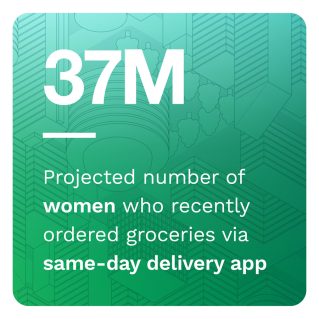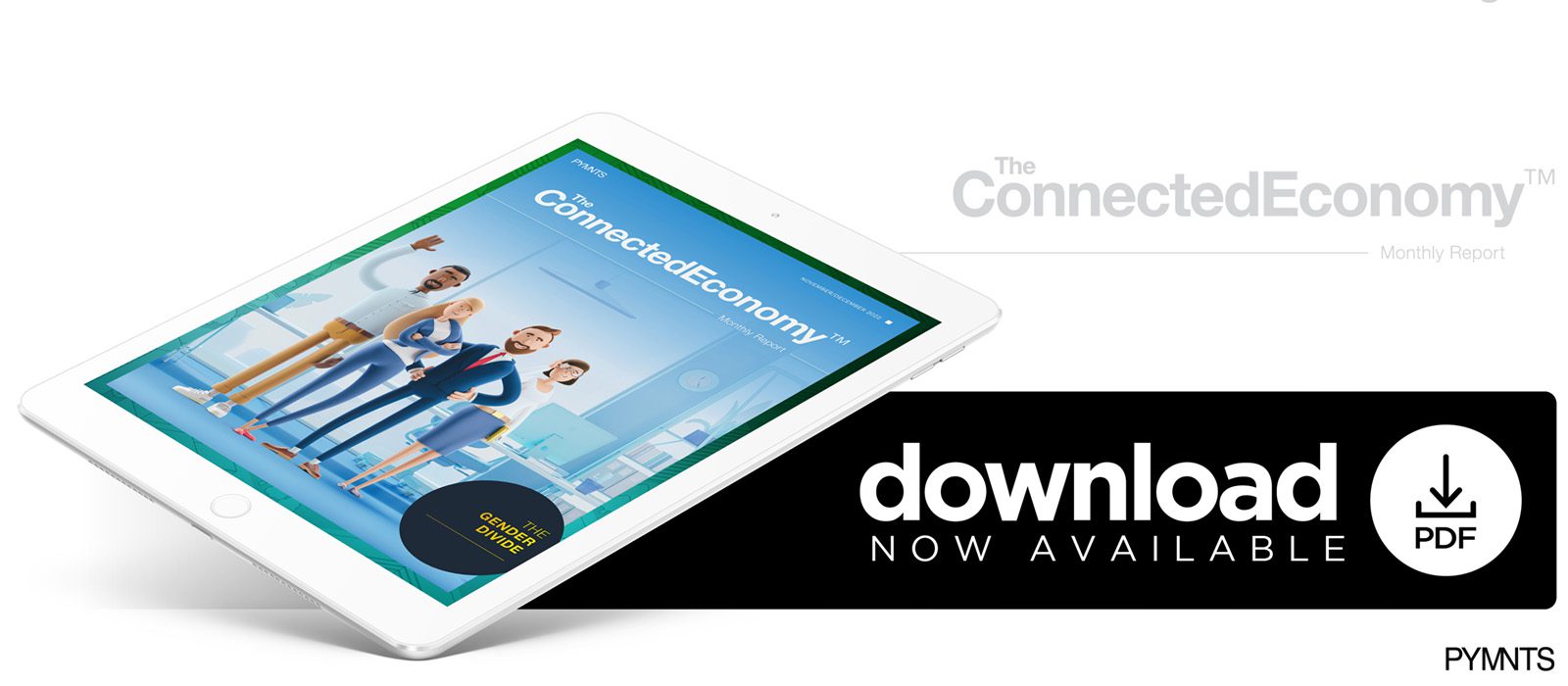Grocery Habits Reveal Wider Online Gender Divide

Everyone needs groceries, but a massive divide exists in how women and men buy theirs.
Men use the internet to place grocery and restaurant orders more often than women, showing a particular taste for same-day delivery apps like Instacart. Many women, on the other hand, prefer to inspect their groceries in person before buying, with 11 million more women than men opting to shop for groceries in stores.
For the “ConnectedEconomy™ Monthly Report: The Gender Divide Edition,” PYMNTS surveyed 2,669 consumers to directly find out the truth about how men and women use the internet in the increasingly digital economy.
Key findings from our research include the following:
• Women are less likely than men to use digital means to do almost everything. Online banking is the only exception, with both women and men participating in equal measure. Our data reveals that men are about 46% as involved in digital activities in the ConnectedEconomy™ as they could potentially be, while women´s participation is about 37% of what it could be.
• The gender divide widens when it comes to making transactions, both in person and online.  Women transact online 25% less than men, on average. The average male consumer participated in 14.3 transactional activities online in October, for example, while the average female consumer engaged in just 11.5 activities online.
Women transact online 25% less than men, on average. The average male consumer participated in 14.3 transactional activities online in October, for example, while the average female consumer engaged in just 11.5 activities online.
• Income and employment explain some — but not all — of this gender gap. Even when women and men earn roughly the same annual incomes, men are still 16% more digitally engaged than women, on average.
These are only some of the trends we uncovered during the latest round of research. The ConnectedEconomy™ Monthly Report: The Gender Divide Edition details the differences in how women and men are integrating digital activities into their everyday lives.
To learn more about the different ways that women and men engage with the ConnectedEconomy™, download the report.
